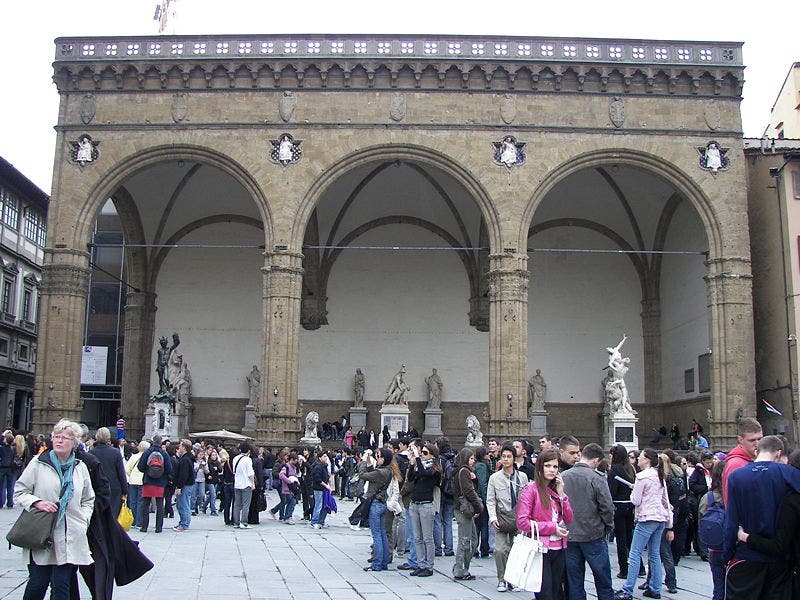Scientist of the Day - Benvenuto Cellini (Honorary)
Benvenuto Cellini, an Italian goldsmith and sculptor, was born Nov. 3, 1500. Cellini is not usually considered a scientist, but his skill and expertise in metalworking would seem to put him in the class of other famous Renaissance metallurgists, such as Vannoccio Biringuccio or Georg Agricola, whom we do include under the scientific rubric. Cellini’s most famous piece of bronze casting is the Perseus with the Head of Medusa in Florence (first image above). He also deserves notice for his Autobiography, written between 1558 and 1563, which has to be the most remarkable literary self-portrait of the Renaissance. It is clear from the book that Cellini was a scoundrel and an egomaniac and a consummate liar, and even a murderer, four or five times over. But we almost forgive him as his genius shines through his roguery; it is truly amazing what he was able to accomplish while his personal life was in continual and absolute chaos, as he was assailed and calumniated by jealous rivals, jilted lovers, and enemies at court. His account of the casting of the Perseus, which had taken him 8 years just to get to this point, is absolutely riveting, as he describes how he fell ill from the exhausting work just as the bronze was coming to pouring temperature, and took to bed, and then when his assistants came in crying "all is lost, the metal is curdled," he arose from his supposed deathbed, scrambled to find more wood to reheat the alloy, and took over the casting process, which of course was a complete success, as anyone who visits the Loggia dei Lanzi in Florence can attest.
The second image above shows the Perseus from the rear, and you can see the copy of Michelangelo’s David standing in front of the Palazzo Vecchio in the near distance. In the long view of the Loggia from the center of the piazza (third image above), Cellini’s Perseus stands at the far left.
I am not sure we have any idea what Cellini actually looked like. But there is a bronze bust that stands in the middle of the Ponte Vecchio in Florence, sculpted by Raffaello Romanelli in 1901, and I must say, it looks exactly like Cellini should have looked (fourth image above).
Dr. William B. Ashworth, Jr., Consultant for the History of Science, Linda Hall Library and Associate Professor, Department of History, University of Missouri-Kansas City










